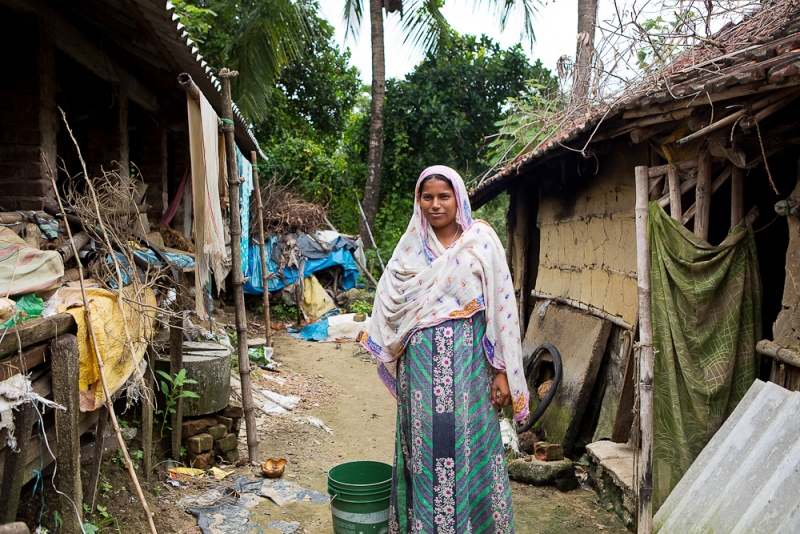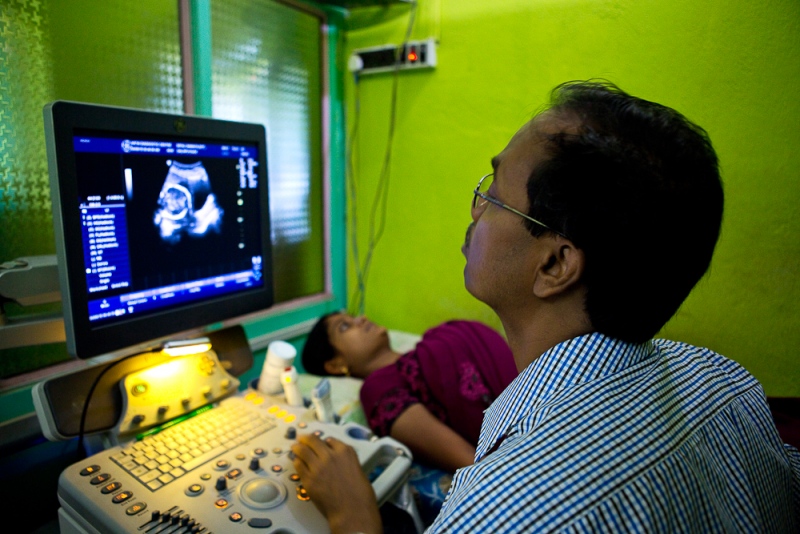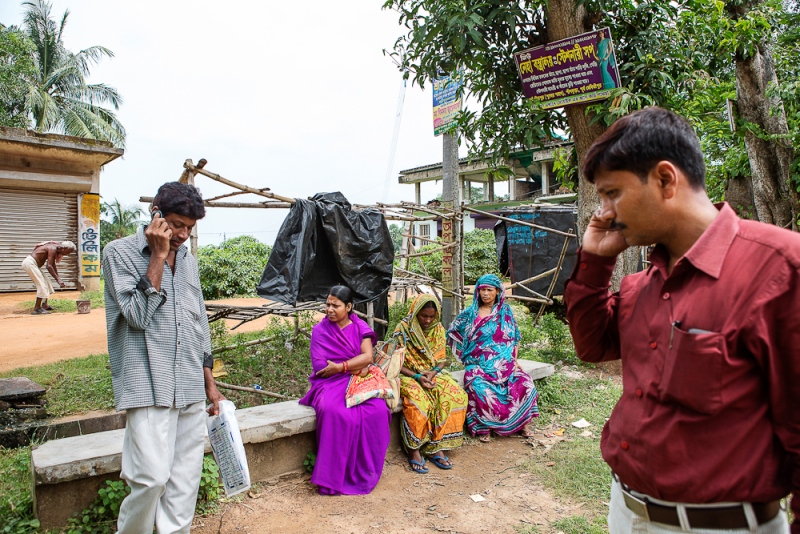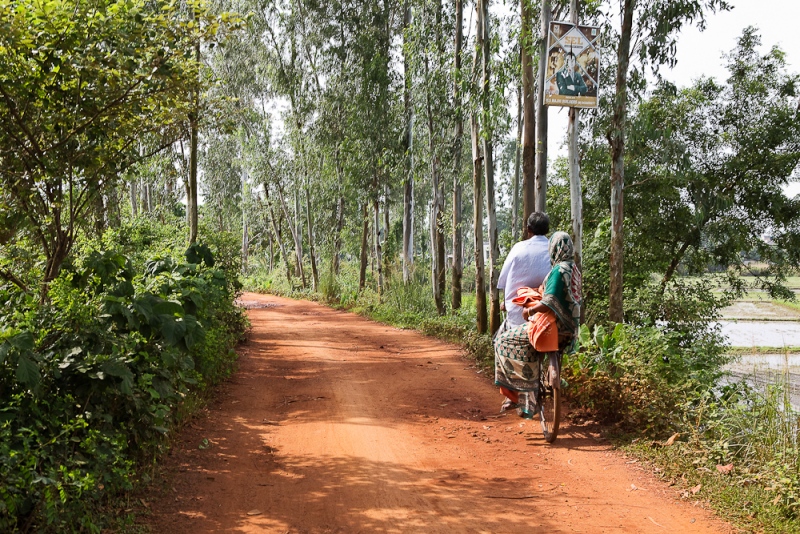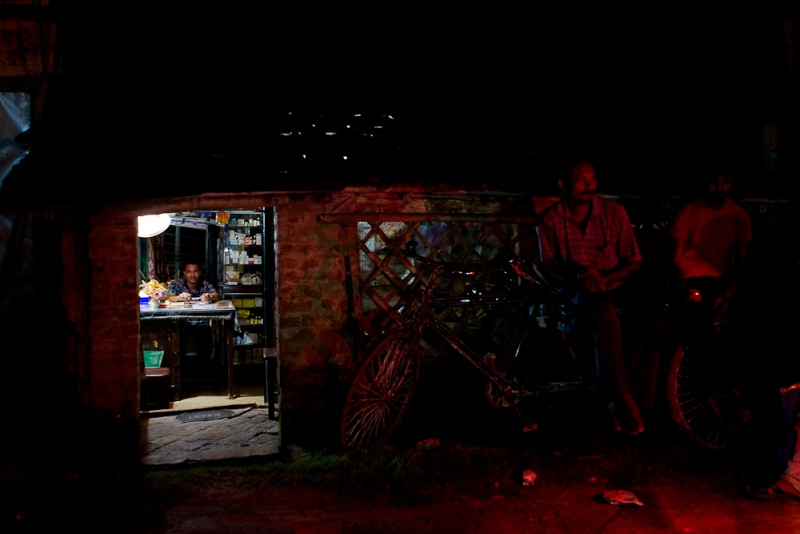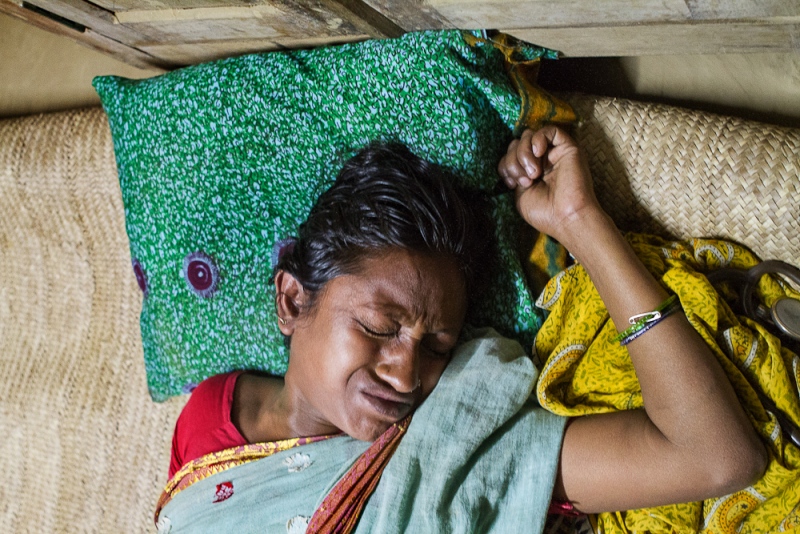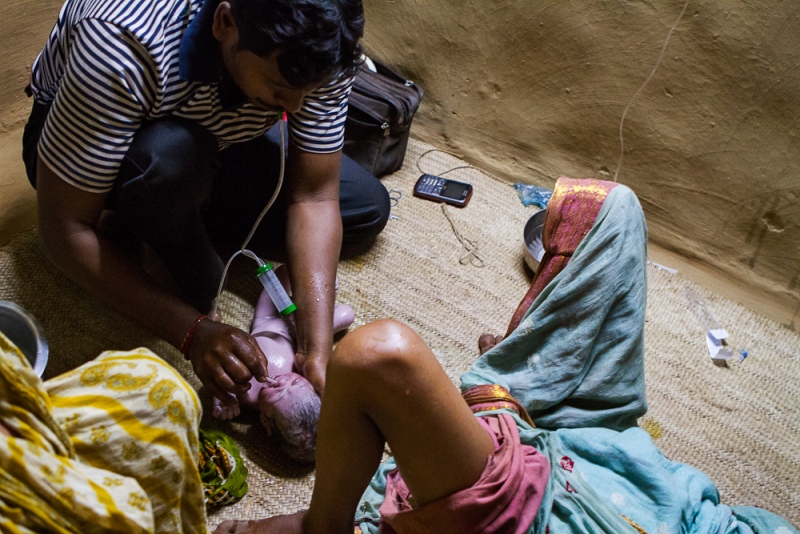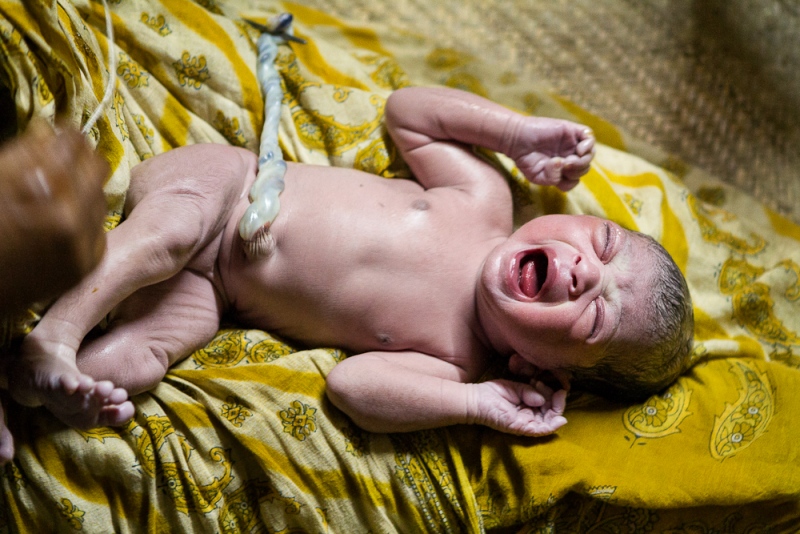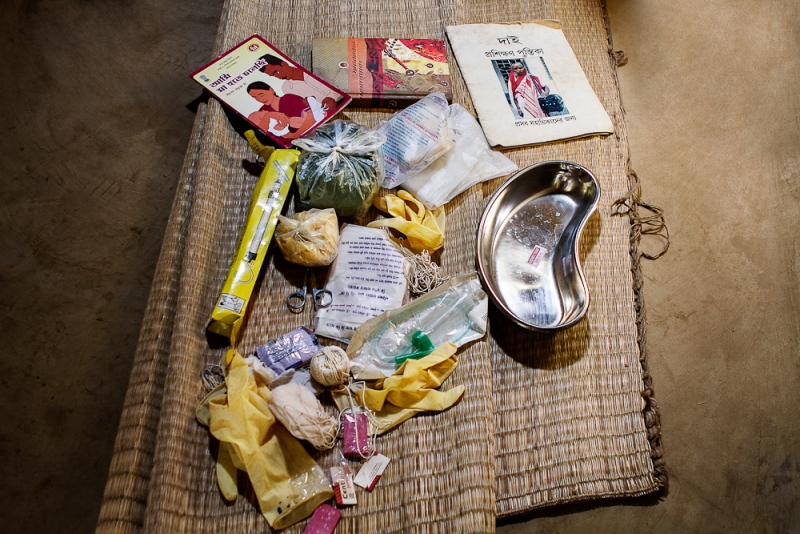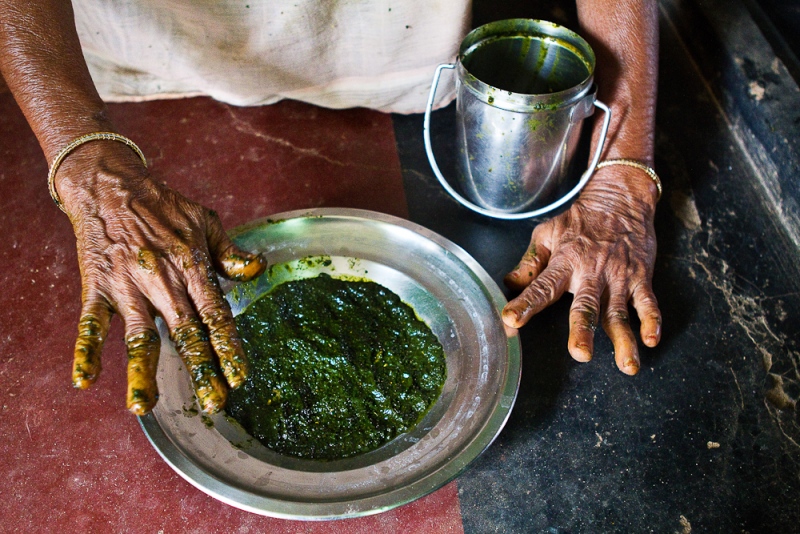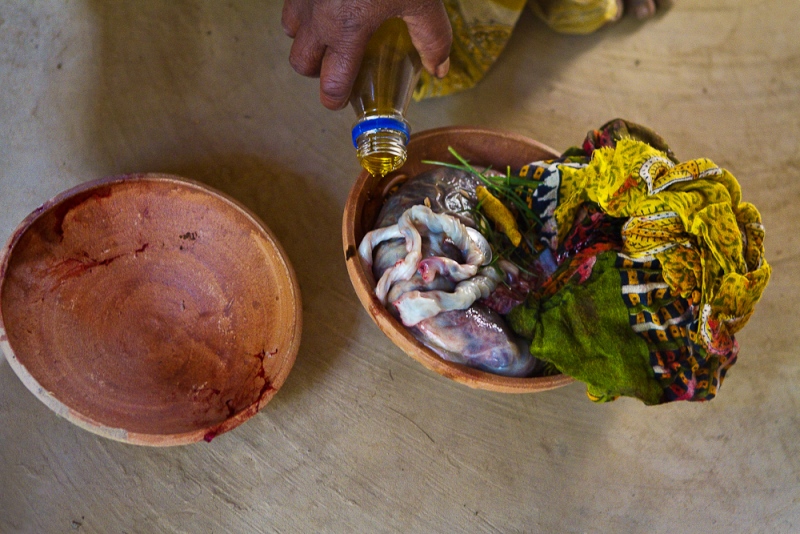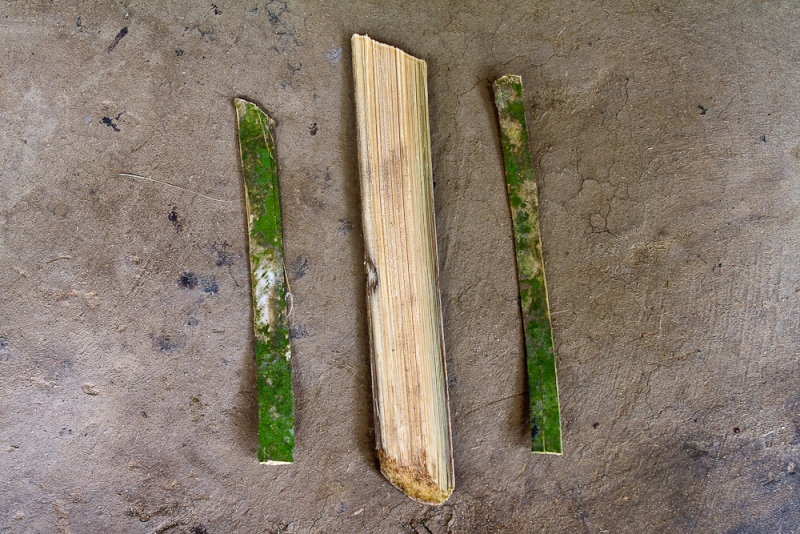
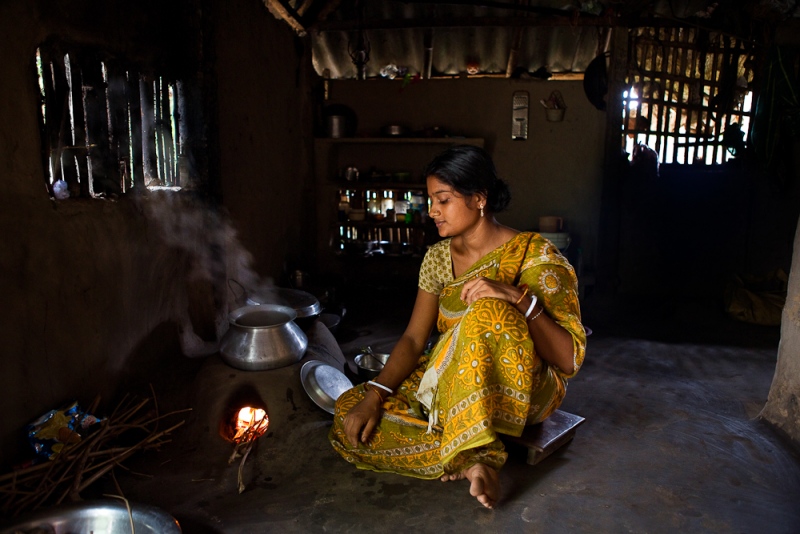
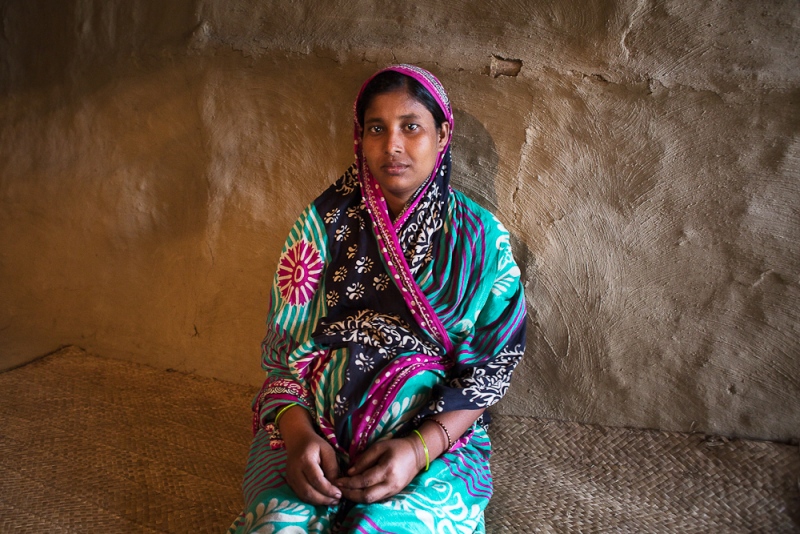
Despite it’s booming economy, India in the 21st century still remains one of the most high-risk places in the world to give birth to a child. 67 percent of the country is rural, and doctors are unwilling to serve in the areas. This has created a paucity of health professionals and 17% of global maternal deaths.
According to the Central Bureau of Health Intelligence report released in September 2015, every government allopathic doctor serves 11,000 patients.
In August 2012, when I heard that one of my distant relatives had given birth to a child at home in her village without medical supervision, I felt compelled to travel to West Bengal to try and understand this and other rural birth stories.
Why did these mothers not choose to go to the hospitals?
Was it just access or something more?
I went to my parent’s village located in eastern Midnipore to understand the state of healthcare in the district and started documenting childbirths at home in different villages. In West Bengal one in four deliveries is attended by untrained functionaries or Rural Medical Providers and midwives who work as auxiliary nurses.
After spending considerable time in these villages and experiencing the births of several children in this environment, I have come to the realization that this unofficial network is indispensable to the rural population, perhaps not only of West Bengal but possibly the whole of India. I believe that with their expertise and the trust, which is placed in them on a regular basis that they should be assimilated into the structure of the rural healthcare system for the greater good of all who live outside metropolitan areas
